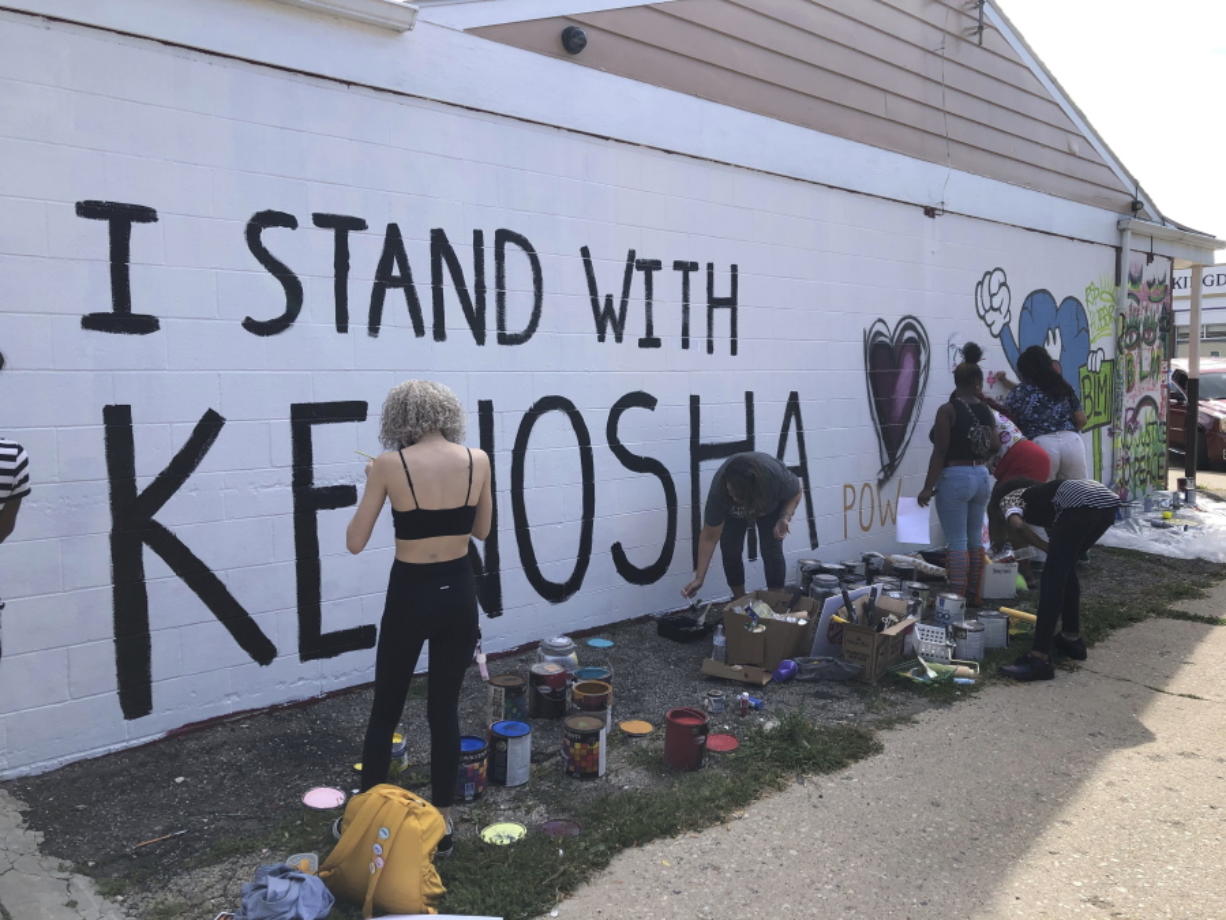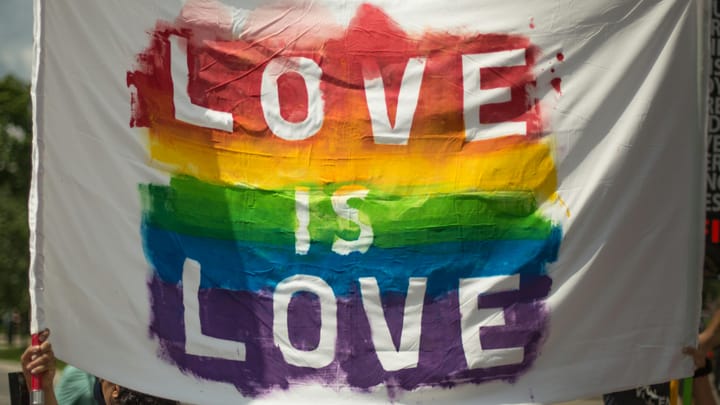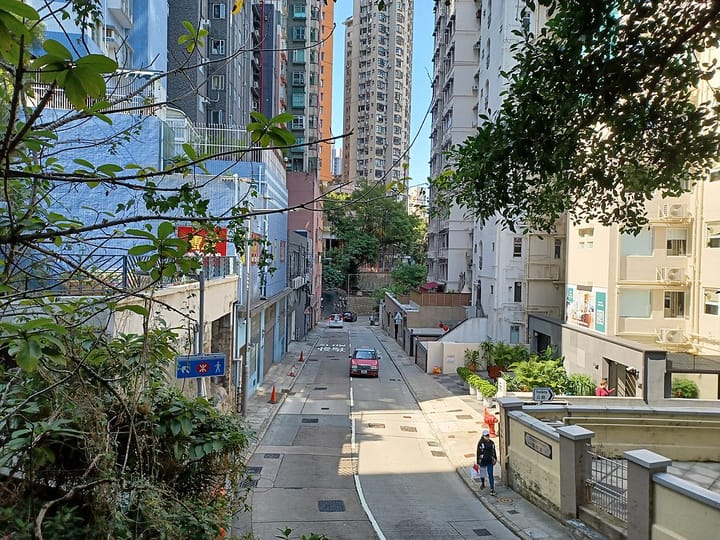Why is everyone talking about Kenosha, Wisconsin?

A few minutes every morning is all you need.
Stay up to date on the world's Headlines and Human Stories. It's fun, it's factual, it's fluff-free.
The nights of unrest in Kenosha reached their peak on August 25 when a white vigilante gunman shot and killed two protesters, injuring a third.
Amid protests for criminal justice reform, names can be heard echoing down the streets in an effort to immortalize the victims of police brutality, some of whom have become emblems of the movement.
The name Jacob Blake has recently been added to the list.
Blake’s story comes on the heels of the unrest following the murder of George Floyd, a 46-six-year-old who allegedly used a counterfeit US$20 bill at a convenience store in Minneapolis. Video footage surfaced almost immediately afterward revealing that an officer had used his knee to pin Floyd to the ground for 8 minutes and 46 seconds.
However, Blake’s story is unlike that of Floyd and many of the other victims in that he lives to tell the story.
The shooting, on August 23, was filmed by a neighbor on a discomforting video that quickly drew widespread attention on social media, inspiring sometimes violent demonstrations throughout the country. It showed a Kenosha, Wisconsin police officer shooting Blake seven times in the back as he attempted to enter an SUV, ultimately paralyzing Blake from the waist down.
In response to the shooting, Wisconsin Lieutenant Governor Mandela Barnes tweeted, “Last night, Jacob Blake was shot in the back seven times in front of his children. This wasn’t an accident. The officer’s deadly actions attempted to take a person’s life in broad daylight. Like many of you, the video is burned into my mind like all the past videos just like it.”
“Nobody thinks that that’s a responsible way to carry out justice,” Barnes added in an interview with The Nation’s John Nichols. “Shooting someone in the back [multiple] times.”
Blake’s shooting comes after months of protests over officials’ use of excessive force, including their use of tear gas and nonlethal bullets.
The nights of unrest in Kenosha reached their peak on August 25 when a white vigilante gunman shot and killed two protesters, injuring a third.
Who is the gunman?
According to a complaint filed by the Kenosha County District Attorney, 17-year-old Kyle Rittenhouse of Antioch, Illinois, was charged four days after the shootings on six counts, namely first-degree intentional homicide and possession of a dangerous weapon by a person under the age of 18.
On the night in question, a group of armed men – aiming to take the law into their own hands – gathered in Kenosha, alleging they were there to help protect businesses in the city after nights of arson and looting.
Investigators say they suspect Rittenhouse was among the group, citing cellphone video footage of him at about 11:45 p.m. – hours after the 8 p.m. curfew – armed with an AR-15 rifle.
Prosecutors allege Rittenhouse, who has been vocal about his intentions to become a police officer, acted in self-defense when he opened fire.
Social media accounts – believed to belong to Rittenhouse – consist of a number of posts praising President Donald Trump and declaring support for the Blue Lives Matter movement. A video posted on a Snapchat account also believed to belong to the 17-year-old placed Rittenhouse at the scene of protests.
At those demonstrations, the complaint states, Rittenhouse had an altercation with individuals near a car dealership, for reasons unidentified. An unarmed man – later identified as Joseph Rosenbaum – tossed an object that resembled a plastic bag at him, according to the complaint.
Rosenbaum and the suspect advanced when loud bangs sounded and Rosenbaum fell to the ground, according to the complaint.
The suspect fled the scene and reportedly called a friend to profess the shooting, an investigator says in the complaint. His friend confirmed the call from him at 11:46 p.m.
Rosenbaum was declared dead at 12:47 a.m. on August 26.
A journalist who was trailing the two at the time furnished more information about the shooting, telling investigators the victim was trying to get the suspect’s gun, according to the complaint.
Another video shows the suspect running from the scene, with multiple individuals chasing after him.
“A person can be heard yelling what sounds like, ‘Beat him up!” Another person can be heard yelling what sounds like, ‘Hey, he shot him!’” writes Assistant Kenosha County District Attorney Carli McNeill in the complaint.
The suspect tripped and fell during the pursuit and, as he lay on the ground, a second person – later identified as Anthony Huber – attempted to take hold of the shooter’s gun, the complaint says.
In doing so, Rittenhouse fired a single round, killing Huber. The suspect then pointed his gun at a third male, paramedic Gaige Grosskreutz, shooting him in the right arm and hastily leaving the scene, the complaint says.
The same moment police and emergency vehicles rushed to the scene, following reports of the shots fired, Rittenhouse was able to pass a group of police officers with his hands raised, unheeded. He was arrested 30 miles away in his hometown of Antioch, Illinois.
In a press briefing, Kenosha Police Chief Daniel Miskinis said that Rittenhouse was able to leave the scene of the shooting armed because he walked toward officers with his hands up. Officers were heading into “a shots fired complaint, not a shooting, not a person down complaint. We have had many of those over the course of this unfortunately.”
“They’re responding to that, they see somebody walking towards them with his hands up, that too isn’t out of the ordinary given how events have been going on," said Miskinis. “We have armed individuals out protesting or simply walking around exercising (their) right."
Grosskreutz’s attorney, Kimberley Motley, told CNN there were many unanswered questions in this shooting.
“I think the question that really should be asked is why didn’t anyone arrest Mr. Rittenhouse that night?" she said, “Why did Mr. Rittenhouse come wearing an armed weapon with gloves on with the intent, I believe, to shoot people?"
In a brief video hearing, in which Rittenhouse was not present, an Illinois judge postponed the decision on whether or not to extradite the shooter to Wisconsin until at least September 25.
Two sets of laws
A recent class-action discrimination lawsuit has alleged that authorities’ response to protesters is immensely different from their response to pro-police demonstrators, suggesting a double standard when it comes to police-enforced curfew.
The lawsuit, filed in federal court on September 1, points to more than 100 arrests during the Jacob Blake protests for breaking the imposed curfew order, arguing that not a single person detained was a pro-law enforcement demonstrator.
It also contends that the Kenosha Police Department and the Kenosha County Sheriff’s Department are using the curfew in order “to silence the voices of those who peacefully demonstrate against police brutality while allowing pro-police activists and militias to roam the streets without fear of arrest.”
The four protesters named in the suit maintain that their constitutional rights, including their First Amendment right to peacefully assemble, were violated when they were arrested in Kenosha.
The Journal Sentinel review found that many of those who have been arrested face felony charges.
The lawsuit speaks to two videos, in particular. In one video that was widely shared on social media, law enforcement officers can be seen thanking a group of armed vigilantes, despite the curfew, telling them, “Hey, thank you guys again," and “We appreciate you guys, we really do.”
They argue that it was not until after the Rittenhouse shooting that leaders in Kenosha called on armed groups and militia to stay away from the city to avoid further violence.
“The video makes clear that there are two sets of laws – one for those whose message the police support, and one for those who[se] message the police oppose," the suit says.
Rise of vigilante groups
A new report released by the US Crisis Project at Princeton University reported that around 93% of protests associated with the Black Lives Matter movement since the death of George Floyd have been peaceful. However, the media has largely reported only cases of more violent protesting.
Recently, two Missouri men were arrested at a hotel in Pleasant Prairie after the Kenosha police and FBI were alerted that Michael M. Karmo, 40, and Cody E. Smith, 33, were allegedly traveling to the Kenosha protests to “look and ‘pick people off,’” court reports say.
According to the criminal complaint, law enforcement searched the two men’s car and found an AR-15, a 12-gauge shotgun, a 9 mm handgun and a “homemade silencer-type device.”
Both Karmo and Smith have prior offenses with law enforcement, including evading a police officer resulting in injury/death and domestic battery.
In an interview with authorities, Smith claimed they attended a rally for President Trump “outside of a high school in Kenosha” and wanted to see “proof of the rioting.” Karmo also told the officials that he and Smith were members of the 417 Second Amendment Militia and that he was willing to “take action” if police were defunded.
The two men could face up to 10 years in prison.
In the past week, President Trump and his challenger, former Vice President Joe Biden, visited Kenosha, with both candidates sounding a different message.
While Biden chose to meet with the family of Jacob Blake and express his condolences, insisting on the officer being held accountable, Trump stated that his priorities centered around law-and-order.
The president declined to condemn Rittenhouse, saying at an August 31 news conference that the teenager’s actions fell into the category of “self-defense.”
“He fell, and then they very violently attacked him,” he said. “He probably would have been killed.”
Have a tip or story? Get in touch with our reporters at tips@themilsource.com




Comments ()